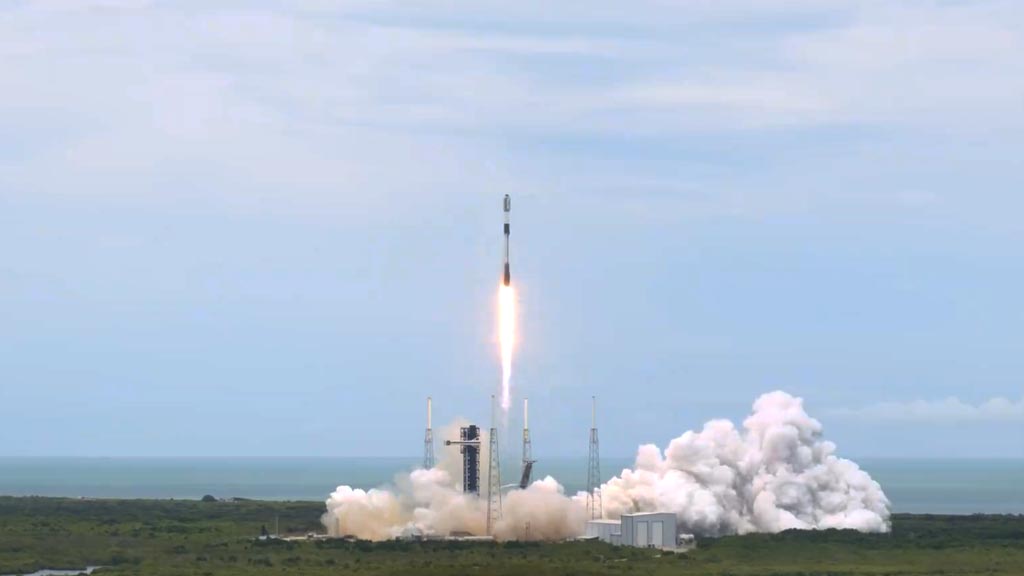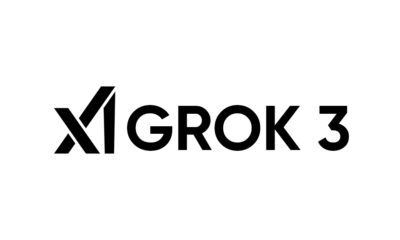SpaceX
Here’s Why SpaceX Falcon 9 Starlink Mission Failed

On July 11, 2024, SpaceX launched Falcon 9 rocket with 20 Starlink satellites from Space Launch Complex 4E at Vandenberg Space Force Base. But the mission failed to achieve its end goal and the company has published a detailed explanation on this matter.
Check the full press release linked below.
“Falcon 9’s first stage performed nominally, carrying the second stage and Starlink satellites to orbit, separating from the second stage as expected, and returning to Earth for a successful droneship landing, representing SpaceX’s 329th recovery of an orbital class rocket to date.
Falcon 9’s second stage performed its first burn nominally. However, a liquid oxygen leak developed in the second stage. After a planned relight of the upper stage engine to raise perigee – or the lowest point of orbit – the Merlin Vacuum engine experienced an anomaly and was unable to complete its second burn. Although the stage survived and still deployed the satellites, it did not successfully circularize its orbit. This left the satellites in an eccentric orbit with a very low perigee of 135 km, which is less than half the expected perigee altitude.
The team worked overnight to make contact with the satellites to send early burn commands, but the satellites were left in an enormously high-drag environment only 135 km above the Earth (each pass-through perigee removed 5+ km of altitude from the orbit’s apogee, or the highest point in the satellite orbit). At this level of drag, our maximum available thrust is unlikely to be enough to successfully raise the satellites. As such, the satellites will re-enter Earth’s atmosphere and fully demise. They do not pose a threat to other satellites in orbit or to public safety.
We greatly appreciate the team’s effort to learn as much as possible from the satellites and attempt recovery.
This event is a reminder of how technically challenging spaceflight is. To date, we have completed 364 successful Falcon launches – safely carrying astronauts, customer payloads, and thousands of Starlink satellites to orbit – making the Falcon family of rockets one of the most reliable in the world. SpaceX will perform a full investigation in coordination with the FAA, determine the root cause, and take corrective actions to ensure the success of future missions. With a robust satellite and rocket production capability and a high launch cadence, we’re positioned to rapidly recover and continue our pace as the world’s most active launch services provider.”
Also Read:
- Falcon 9 second stage compromised the 70th SpaceX mission of 2024
- SpaceX completes 70th space mission of 2024
(source)












